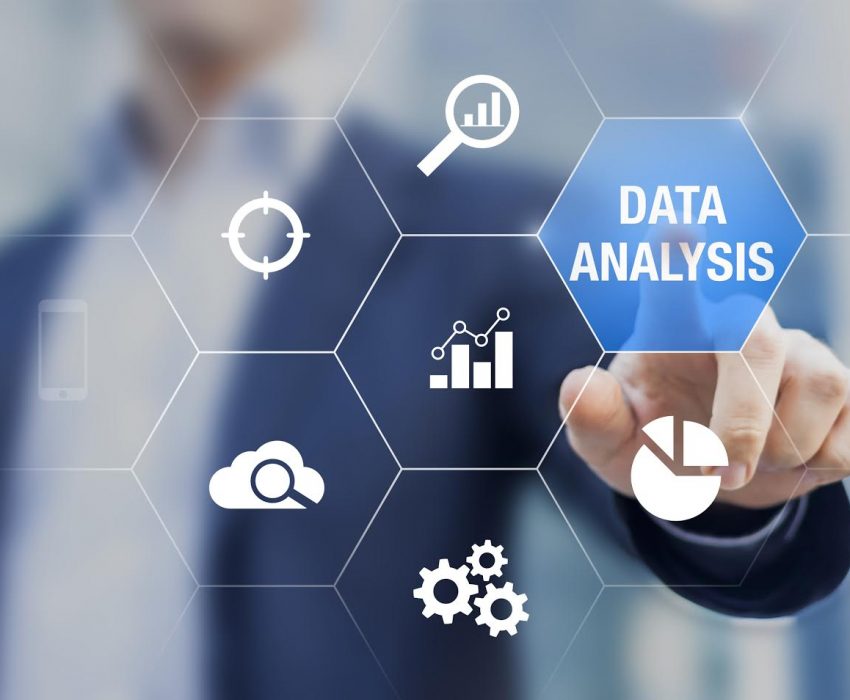Unveiling Patterns: A Dive into the World of Data Analysis
Unveiling Patterns: A Dive into the World of Data Analysis
Blog Article

In the world of data analysis, we find a treasure trove of insights waiting to be uncovered, patterns waiting to be unveiled. Data analysis is a powerful tool that allows us to make sense of the vast amounts of information at our fingertips in today's digital age. It provides a structured approach to transforming raw data into valuable knowledge, helping organizations and individuals alike make informed decisions and predictions.
It is through the lens of data analysis that we can reveal hidden connections, trends, and anomalies within complex datasets. By leveraging various statistical and computational techniques, analysts can extract meaningful information that drives business strategies, scientific discoveries, and societal advancements. Join me on a journey as we dive deep into the fascinating world of data analysis, where every data point tells a story waiting to be deciphered.
Exploring Data
Data analysis
Data analysis begins with the initial exploration of datasets. This stage involves acquiring, examining, and cleaning the data to ensure its quality and reliability.
Exploring the data allows analysts to identify any missing values, outliers, or inconsistencies that could impact the accuracy of the analysis. By understanding the structure and content of the data, data analysts can make informed decisions on how to proceed with further analysis.
Through visualization tools and statistical techniques, patterns and relationships within the data can be uncovered. This exploration stage sets the foundation for more in-depth analysis, providing insights that can drive informed decision-making.
Analyzing Trends
When delving into the realm of data analysis, one of the key aspects to focus on is the art of analyzing trends. This involves scrutinizing past data points to identify recurring patterns or shifts over time. By examining these trends, analysts can gain valuable insights into the direction in which data is moving, enabling informed decision-making.
Identifying trends in data can help businesses anticipate future developments and make strategic plans accordingly. By leveraging advanced analytical tools and techniques, analysts can detect subtle changes and correlations within datasets that might not be immediately apparent. This proactive approach allows organizations to stay ahead of the curve and adapt to evolving market conditions effectively.
Moreover, analyzing trends plays a crucial role in forecasting future outcomes based on historical data patterns. By extrapolating from past trends, analysts can make predictions about potential scenarios and outcomes, aiding in risk assessment and scenario planning. This predictive power of data analysis empowers organizations to make data-driven decisions that are grounded in statistical evidence and analysis, mitigating uncertainties and optimizing opportunities.
Drawing Insights
Data analysis is a powerful tool that enables organizations to uncover valuable insights hidden within their vast datasets. By leveraging various analytical techniques, businesses can extract meaningful patterns and trends to inform their decision-making processes.
One of the key benefits of data analysis is its ability to identify correlations between different variables, shedding light on relationships that might not be immediately apparent. This allows companies to make informed strategic decisions based on data-driven evidence rather than intuition or guesswork.
Moreover, data analysis can also help organizations predict future trends and outcomes by analyzing historical data and applying predictive modeling techniques. By understanding patterns in the data, businesses can anticipate changes in the market, customer behavior, and other factors, giving them a competitive edge in today's dynamic business landscape.
Report this page